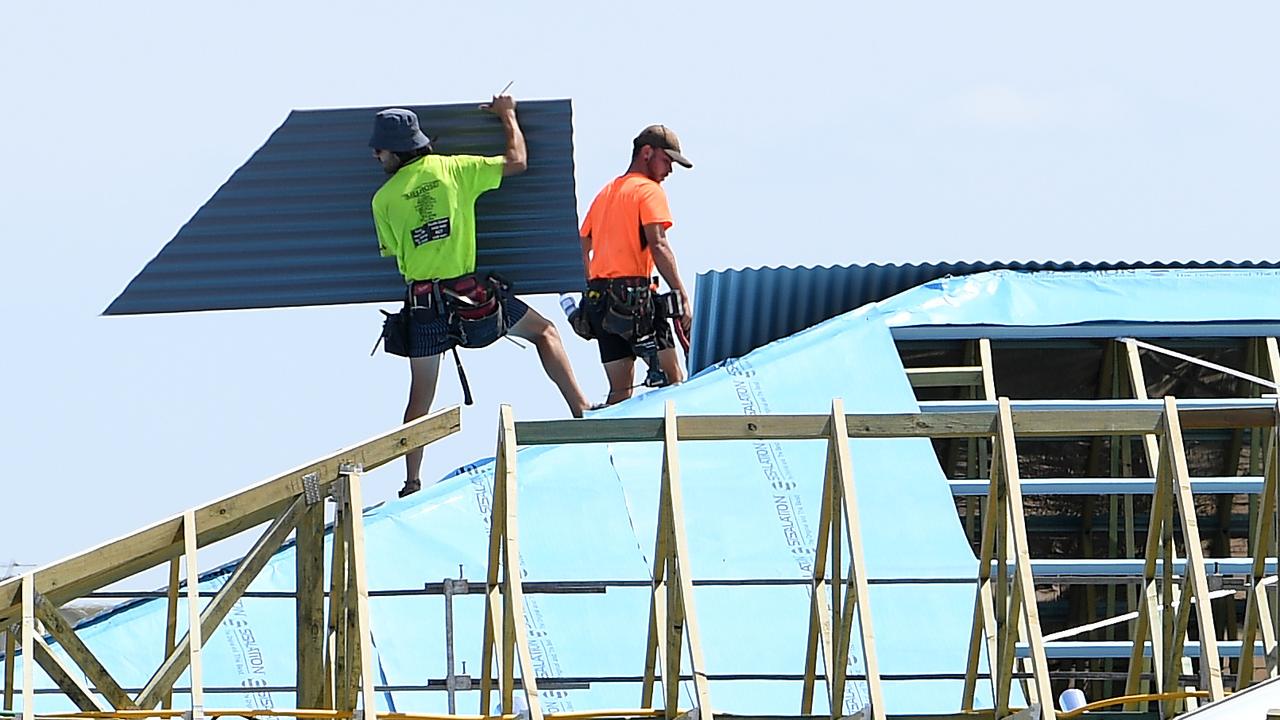Dam good invention the answer to our dry land's problem
I HAVE a brilliant idea for water management in Australia. What this dry continent needs is a way of storing and reticulating water to vast numbers of people in cities.
I HAVE a brilliant idea for water management in Australia. What this dry continent needs is a way of storing and reticulating water to vast numbers of people in cities.
I have come up with an invention that I call a "dam".
Let's build these "dams" outside each major city so that water might be stored and drawn down upon when needed. It's so simple and so cheap I cannot believe that no one in government or the bureaucracy has thought of it before. It sure would save a lot of money.
There are by my count six desalination plants either recently completed or under construction in Australia.
These things can cost in excess of $5 billion plus financing and operating costs. A "dam" on the other hand can store and deliver vastly more water at a cost of say $2bn. There, I've just saved the taxpayer $3bn and that's on a single project.
Of course, my idea for a "dam" is not new; I have nicked it from history. The last dam built to supply Sydney was the Tallowa completed in 1976 when the metropolitan population was 3.1 million.
Some 35 years later Sydney's population has expanded by 1.5 million, or 48 per cent, and there's no plan to add another dam for at least another decade, if ever.
This is extremely odd. I do not recall a conversation let alone a furious public debate about the management of Sydney's, or any other major Australian city's, water future.
At what point over the last three decades was a decision made that no new dams should be built and that future water supplies should be based on more expensive options such as desalination plants and/or pipelines?
Other cities are in much the same position: Melbourne has added 1.2 million since the completion of the Thomson Dam in 1984 and Brisbane has added 1 million since the Wivenhoe was completed also in 1984.
I have never understood the anti-dam lobby's argument that "why build a dam when it will never fill?" So, if this was the case and we had two dams both at 20 per cent capacity then doesn't this deliver twice the water security of one dam at 20 per cent?
I do understand that the construction of a dam will have a detrimental environmental impact.
But environmental impact statements articulate the negatives. They never properly account for the positives associated with a dam.
And, yes, there are positives. More water for an urban population allows householders to develop gardens which attract birdlife and contribute more generally to what environmentalists call "the urban forest".
I'm all for urban forests -- let's deliver the water these forests need to flourish and in so doing deliver quality of life to millions.
Do environmental impact statements incorporate the health costs of old people struggling with "bucket back" caused by watering restrictions? What about the psychological impact on those who fret about not having enough water for their gardens? No, not relevant?
Another dam has not been built in Brisbane's Lockyer Valley since the Wivenhoe which in turn was partially a flood mitigation device following the 1974 floods.
How much water would have been retained by a second dam had it been built in say the late 1990s or early 2000s? What degree of calamity might have been averted by the existence of such a dam?
Surely flood mitigation is a positive impact of a dam. And what is the response of those whose influential water reports of the 1990s and the 2000s argued that we cannot rely on regular rainfall in the future to fill dams? Do these experts now concede that they got it wrong? If you got it wrong then why should we rely on your advice that we should not build dams in the future?
I might add that my argument in support of dams is not entirely in the interests of the property industry.
Which do you think the property industry would prefer if it was purely self-interested: a desalination plant costing $5bn or a dam at $2bn?
The Australian people are indebted to the anti-dam lobby for forcing behavioural change with regard to water usage over the past 30 years: we have evolved a long way from water profligacy. But there comes a point in a city's growth when practical and hard-headed decisions need to be taken.
We haven't built a dam to service Sydney, Melbourne or Brisbane for a generation.
We've had a dam-building hiatus and we've moderated our water usage, now it's time to build cost-efficient dams.
Or at the very least let's have a conversation about the subject rather than allowing various levels of government to solely pursue less efficient and more expensive alternatives such as pipelines and desalination plants.
There may well be a place for these "insurances" against another decade-long drought in the future, but we also need to be considering dams as a way of delivering baseload water supplies for our biggest cities in the 21st century.
Bernard Salt is a KPMG Partner
bsalt@kpmg.com.au
Facebook.com/BernardSalt
Demographer;
twitter.com/bernardsalt


